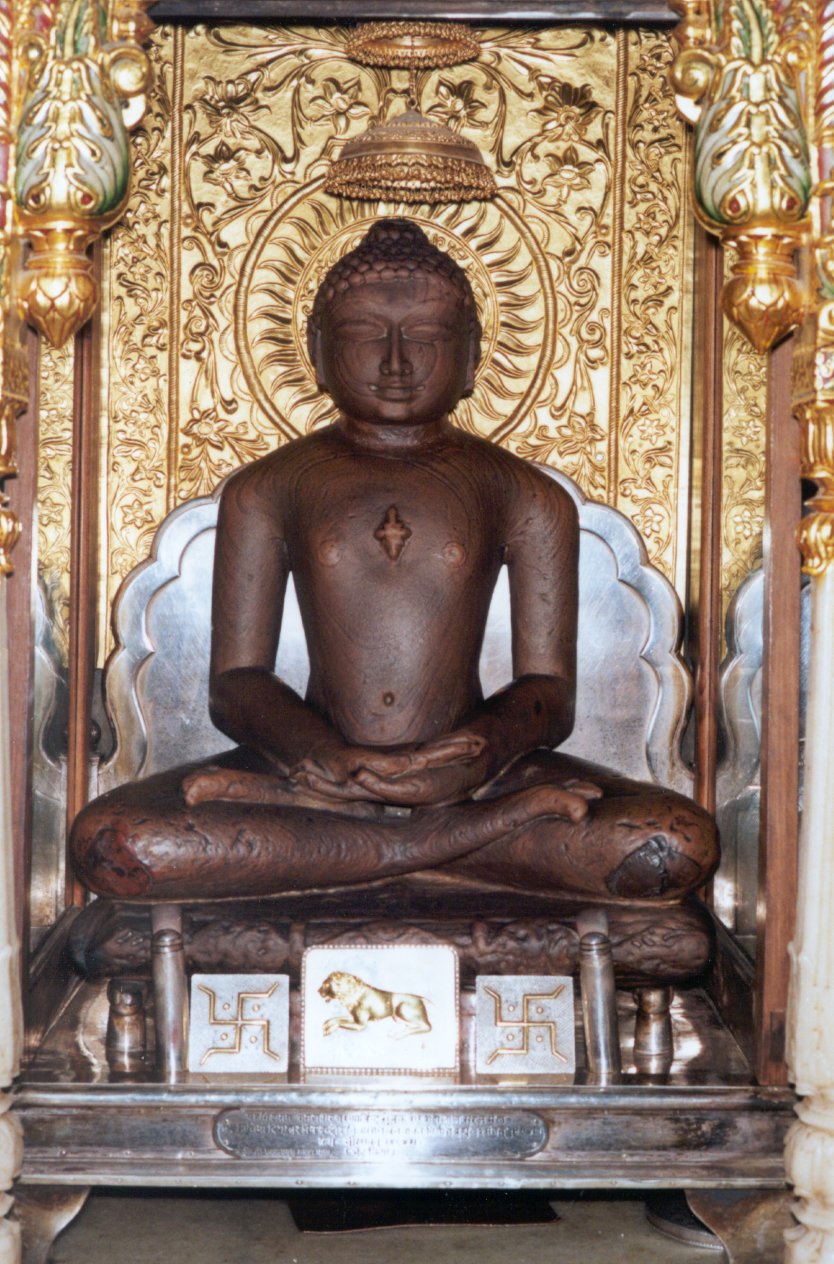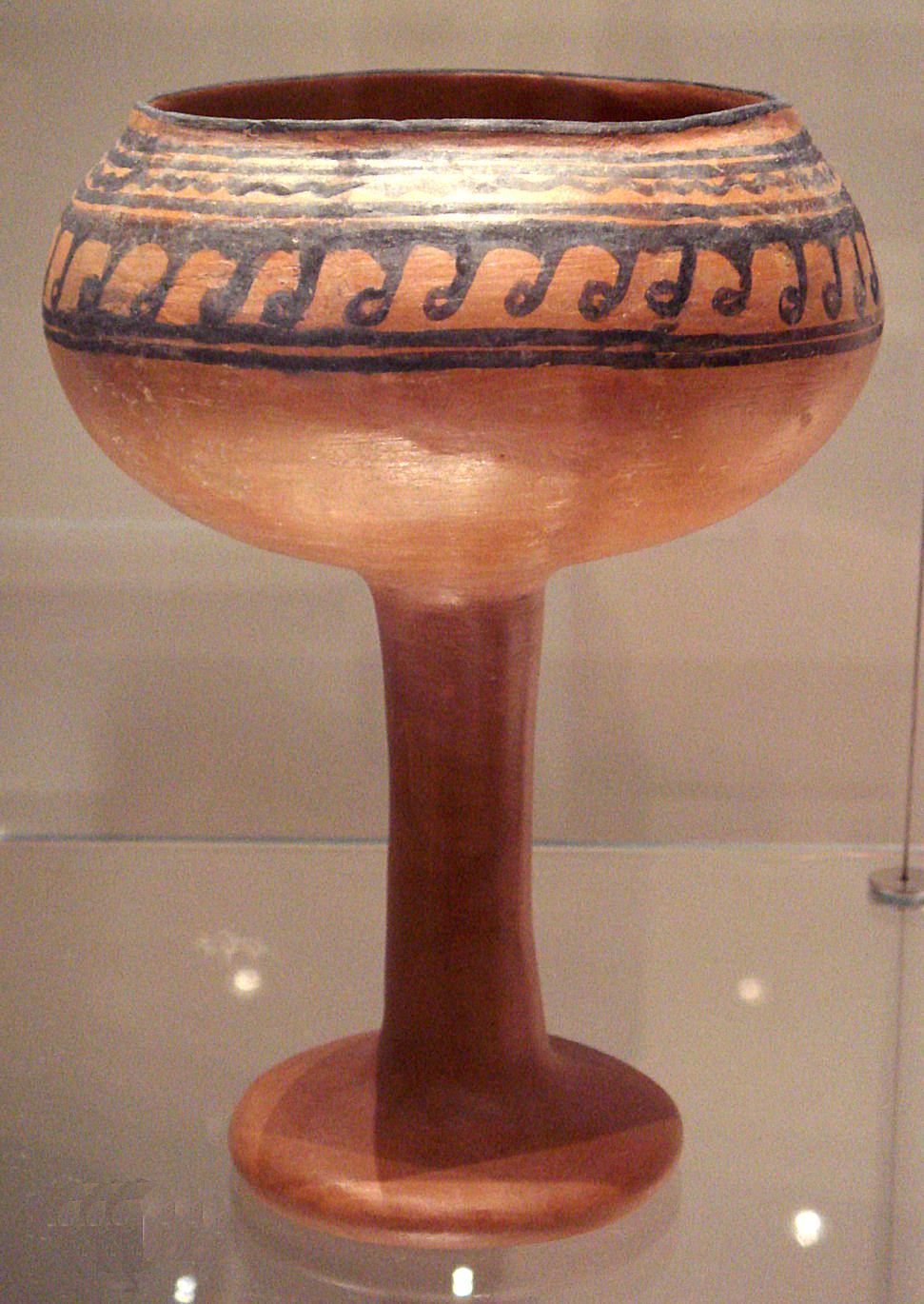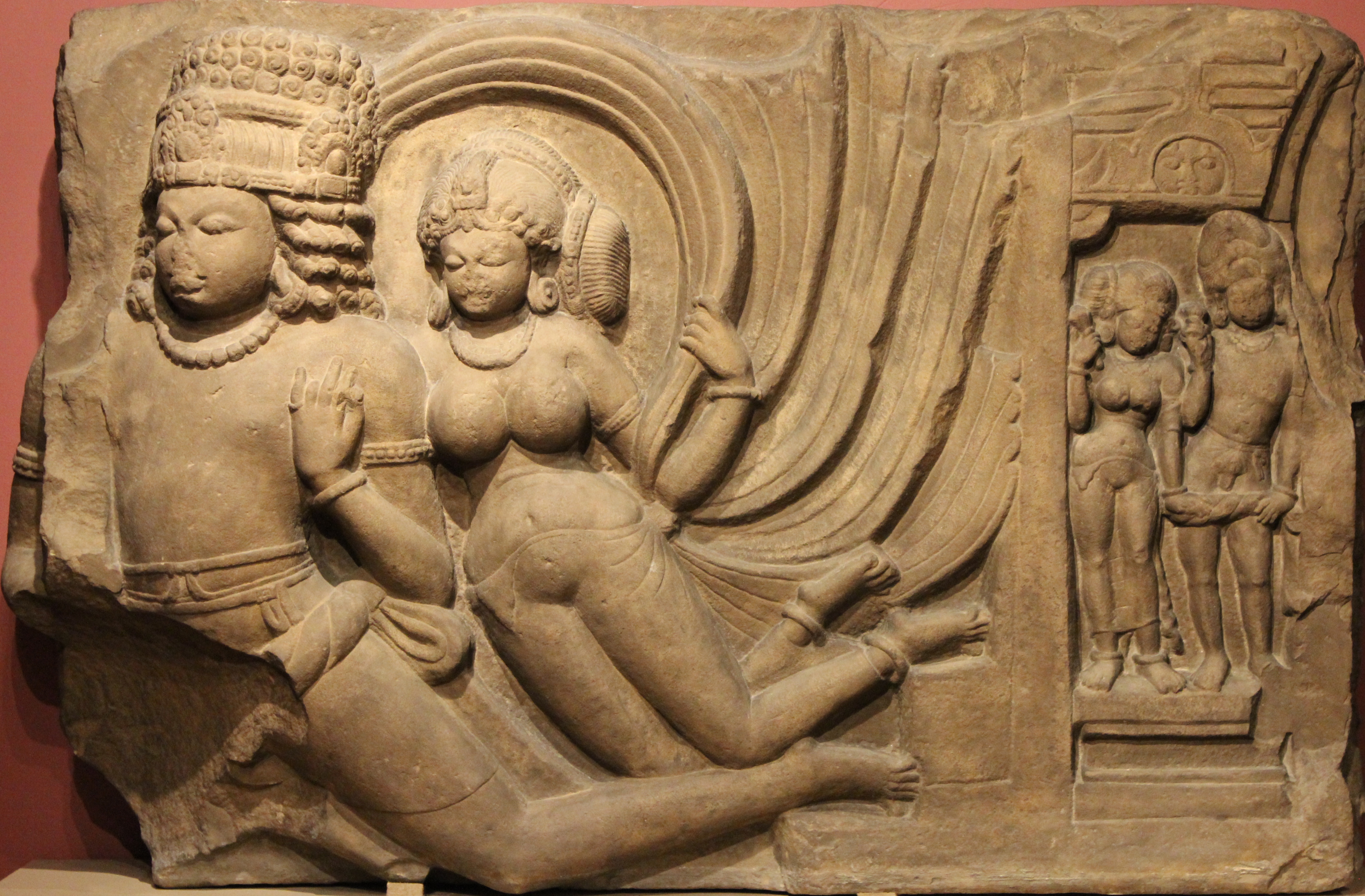|
Amitagati
Amitagati was a Jain philosopher of the Digambara school who lived in Malwa Malwa () is a historical region, historical list of regions in India, region of west-central India occupying a plateau of volcanic origin. Geologically, the Malwa Plateau generally refers to the volcanic plateau, volcanic upland north of the ... during the 11th century in the time of the Paramara rulers. His last known date is 1014 CE. His ''Dharmaparīkṣā'' is the story of two demi-gods ( vidyadhara), one of whom tries to convert the other to Jainism by pointing out the logical flaws of Hinduism. The text belongs to a long tradition of critical dialogue between Jain and Mīmāṃsāka thinkers.S. K. Chauhan, "Jaina Narrative Refutations of Kumārila: Relative Chronology and the History of Jaina-Mīmāmṣa Dialogues," ''Journal of Indian Philosophy'' 51 (2023): 239–261. https://doi.org/10.1007/s10781-023-09533-9 References Jain acharyas Place of birth missing Indian Jain monks Digam ... [...More Info...] [...Related Items...] OR: [Wikipedia] [Google] [Baidu] |
Digambara
''Digambara'' (; "sky-clad") is one of the two major Jain schools and branches, schools of Jainism, the other being ''Śvetāmbara'' (white-clad). The Sanskrit word ''Digambara'' means "sky-clad", referring to their traditional monastic practice of neither possessing nor wearing any clothes. Nakedness was the ideal practice of lord Mahavira and his immediate followers. Mahavira emphasized the importance of nakedness for monks. It symbolizes complete detachment and is an ideal form of conduct. Mahavira believed that renouncing clothes made the body immune to external influences like heat and cold, increasing resilience. Without clothes, a monk would avoid the distractions of acquiring, maintaining, and washing garments, allowing him to focus on spiritual growth and self-discipline. Digambara and Śvetāmbara traditions have had historical differences ranging from their dress code, their temples and iconography, attitude towards female monastics, their legends, and the texts the ... [...More Info...] [...Related Items...] OR: [Wikipedia] [Google] [Baidu] |
Malwa
Malwa () is a historical region, historical list of regions in India, region of west-central India occupying a plateau of volcanic origin. Geologically, the Malwa Plateau generally refers to the volcanic plateau, volcanic upland north of the Vindhya Range. Politically and administratively, it is also synonymous with the former state of Madhya Bharat which was later merged with Madhya Pradesh. At present the historical Malwa region includes districts of western Madhya Pradesh and parts of south-eastern Rajasthan. Sometimes the definition of Malwa is extended to include the Nimar region south of the Vindhya Range, Vindhyas. The Malwa region had been a separate political unit from the time of the ancient Malava Kingdom. It has been ruled by several kingdoms and dynasties, including the Avanti (India), Avanti Kingdom, The Maurya Empire, Mauryans, the Malavas, the Gupta Empire, Guptas, the Paramara dynasty, Paramaras, The Rajput, Rajputs, the Delhi Sultanate, the Malwa Sultanate, M ... [...More Info...] [...Related Items...] OR: [Wikipedia] [Google] [Baidu] |
Paramara Dynasty
The Paramara Dynasty (IAST: Paramāra) was an Indian dynasty that ruled Malwa and surrounding areas in west-central India between 9th and 14th centuries. They belonged to the Parmar (clan), Paramara clan of the Rajputs. The dynasty was established in either the 9th or 10th century, and its early rulers most probably ruled as vassals of the Rashtrakutas of Manyakheta. The earliest extant Paramara inscriptions, issued by the 10th-century ruler Siyaka, have been found in Gujarat. Around 972 CE, Siyaka sacked the Rashtrakuta capital Manyakheta, and established the Paramaras as a sovereign power. By the time of his successor Vakpati Munja, Munja, the Malwa region in present-day Madhya Pradesh had become the core Paramara territory, with Dhara (city), Dhara (now Dhar) as their capital. At its zenith under Bhoja, it ruled over an empire which extended from Chittorgarh Fort, Chittor in the north to Konkan in the south, and from the Sabarmati River in the west to Vidisha in the east. Th ... [...More Info...] [...Related Items...] OR: [Wikipedia] [Google] [Baidu] |
Vidyadhara
Vidyadhara(s) (Sanskrit , meaning "wisdom-holders") are a group of supernatural beings in Indian religions who possess magical powers. In Hinduism, they also attend Shiva, who lives in the Himalayas. They are considered ''Upadeva''s, or demi-gods. In Hinduism In Hindu epics In the Hindu epics, Vidyādharas are described as essentially spirits of the air. They are described as doing different activities in the epics like gazing at human prowess with astonishment, strewing flowers watching a combat, rejoicing with music and laughter, crowned with wreaths and fleeing with their wives from danger. They possess great magical powers like the ability to diminish their size. They are endowed with epithets describing them as "doers of good and devoted to joy". They also live in Gandhamandhana mountain and other Himalayan mountains with Kinnaras. They are also described residing on Mount Krauncha, on Citrakuta where Rama saw Vidyadhara women playing, in the hills of Malabar and in ... [...More Info...] [...Related Items...] OR: [Wikipedia] [Google] [Baidu] |
Place Of Birth Missing
Place may refer to: Geography * Place (United States Census Bureau), defined as any concentration of population ** Census-designated place, a populated area lacking its own municipal government * "Place", a type of street or road name ** Often implies a dead end (street) or cul-de-sac * Place, based on the Cornish word "plas" meaning mansion * Place, a populated place, an area of human settlement ** Incorporated place (see municipal corporation), a populated area with its own municipal government * Location (geography), an area with definite or indefinite boundaries or a portion of space which has a name in an area Placenames * Placé, a commune in Pays de la Loire, Paris, France * Plače, a small settlement in Slovenia * Place (Mysia), a town of ancient Mysia, Anatolia, now in Turkey * Place, New Hampshire, a location in the United States Facilities and structures * Place House, a 16th-century mansion largely remodelled in the 19th century, in Fowey, Cornwall, Engl ... [...More Info...] [...Related Items...] OR: [Wikipedia] [Google] [Baidu] |
Indian Jain Monks
Indian or Indians may refer to: Associated with India * of or related to India ** Indian people ** Indian diaspora ** Languages of India ** Indian English, a dialect of the English language ** Indian cuisine Associated with indigenous peoples of the Americas * Indigenous peoples of the Americas ** First Nations in Canada ** Native Americans in the United States ** Indigenous peoples of the Caribbean ** Indigenous languages of the Americas Places * Indian, West Virginia, U.S. * The Indians, an archipelago of islets in the British Virgin Islands Arts and entertainment Film * ''Indian'' (film series), a Tamil-language film series ** ''Indian'' (1996 film) * ''Indian'' (2001 film), a Hindi-language film Music * Indians (musician), Danish singer Søren Løkke Juul * "The Indian", an unreleased song by Basshunter * "Indian" (song), by Sturm und Drang, 2007 * "Indians" (song), by Anthrax, 1987 * Indians, a song by Gojira from the 2003 album '' The Link'' Other uses ... [...More Info...] [...Related Items...] OR: [Wikipedia] [Google] [Baidu] |



